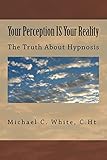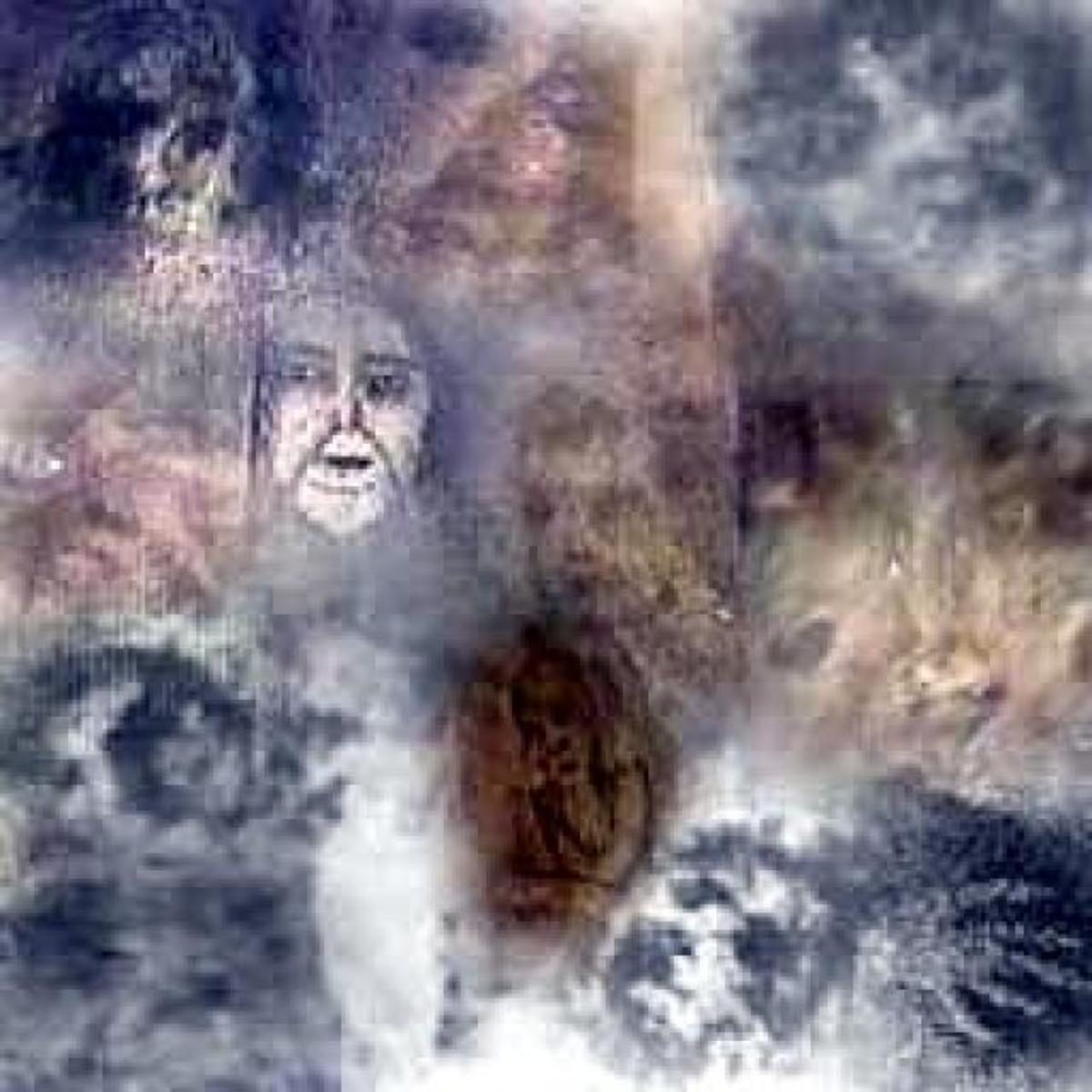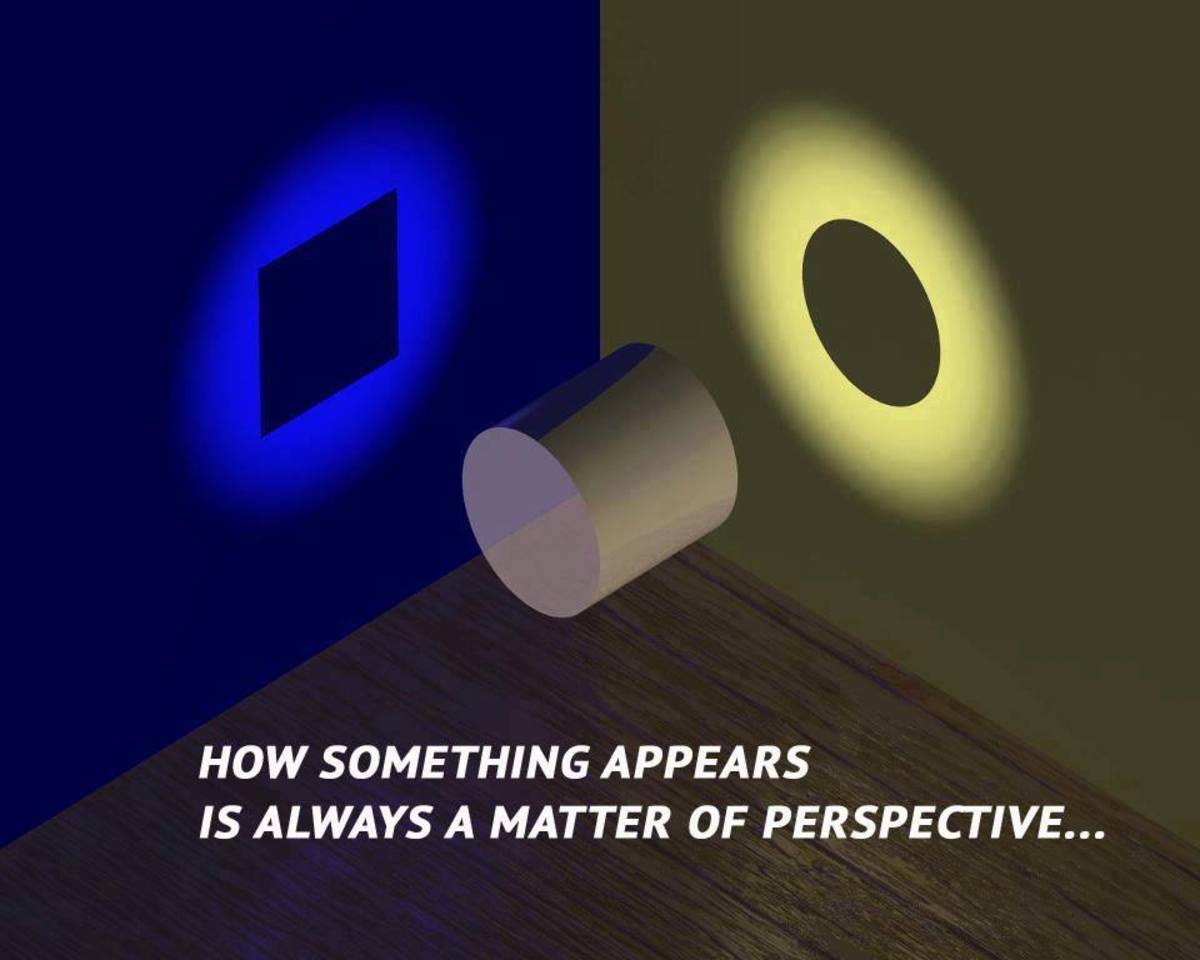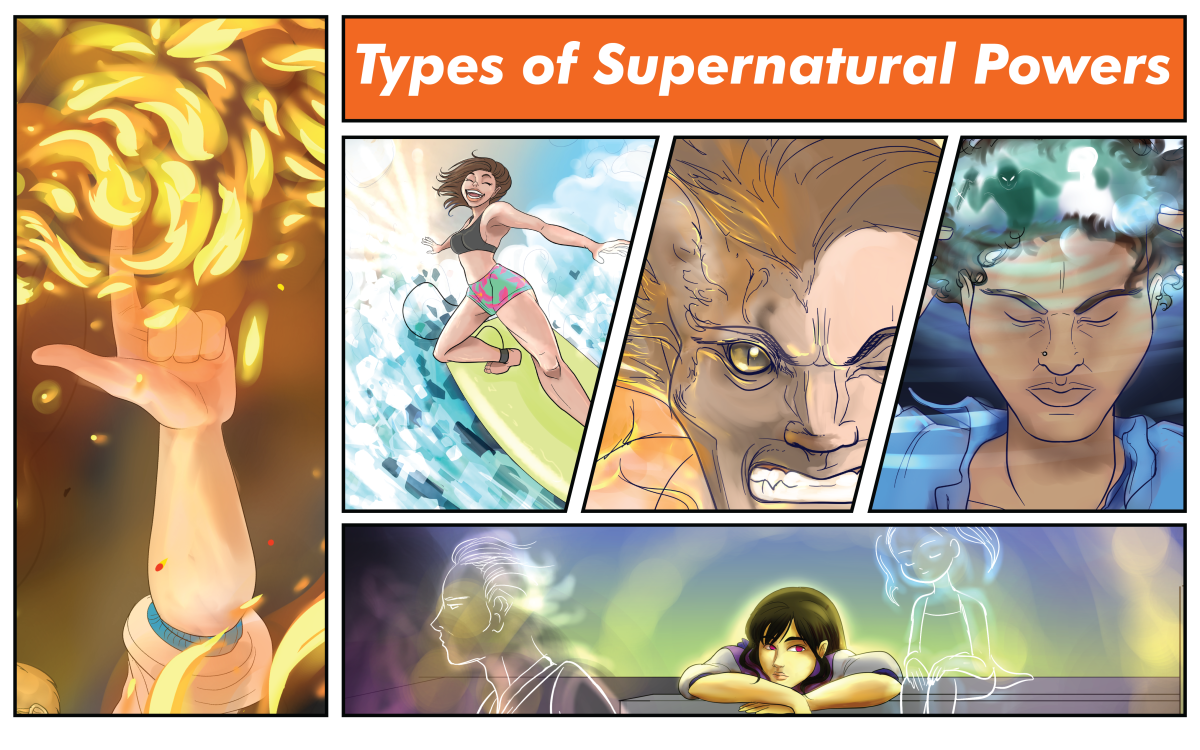Mesmerized by Franz Mesmer's Animal Magnetism

Mesmerism
Most of us have either made reference to, or heard someone else make reference to being "mesmerized" by something but how many of us know the true origin or meaning of the term, "mesmerism"?
Many people would be quick to use the term to describe a situation whereby we become so engrossed in something that it catches our full attention or believe that it's another word for hypnosis, although this isn't quite the case. The word "mesmerism" was actually originally used to describe Franz Mesmer's theory of Animal Magnetism, a theory in which he proposed that animals were capable of exerting an invisible but natural life force.
Mesmer believed that this natural life force permeated the entire universe including everyone and everything in it and he also believed that all illnesses were a result of blockages or disturbances in the flow of this life force energy. He therefore developed healing techniques which could be utilized to cleanse such blockages and to restore patients back to full health. Mesmer referred to this universal life force as "vital fluid", the concept being the same as those proposed by the theories of chi, prana, ether and orgone energy. People who practiced mesmerism eventually became known as "magnetizers".
According to Mesmer's theory:
"Modern philosophy has admitted a plenum or universal principle of fluid matter, which occupies all space; and that as all bodies moving in the world, abound with pores, this fluid matter introduces itself through the interstices and returns backwards and forwards, flowing through one body by the currents which issue therefrom to another, as in a magnet, which produces that phenomenon which we call Animal Magnetism..."
Although Franz Mesmer tried extensively to attain scientific confirmation that "vital fluid" existed, in 1784 a French Royal Commission appointed by Louis XVI amazingly concluded that Mesmer's techniques were indeed cures just as he claimed but also concluded that there was no such thing as vital fluid. Rather, the study concluded that the results must have either been a result of the subconscious imaginations of the subjects (i.e. the power of the mind) or that there must have been some kind of deception involved. Of course, it should be noted that many others have come up with similar theories of a universal life force energy which can be used for healing with many new alternative therapies, such as Reiki, being based on this principle.
George Lakhovsky was another inventor who had similar beliefs. Lakhovsky invented what became termed the "multi-wave oscillator" and went to on to invent "oscillating circuits" which many people wore for therapeutic purposes. Lakhovsky believed that these oscillating circuits captured and directed sympathetic waves from the cosmos (cosmic waves) which resonated at the same frequency of the harmonics of the frequency at which weakened cells oscillated. It should also be noted that many of the great scientists, including Isaac Newton, believed in some kind of ether which permeated the entire universe allowing for the propagation of light. Max Planck also believed in the theory and although ether physics took a decline after Einstein came up with the theory of relativity, Einstein himself didn't necessarily discount the possibility of an omnipresent ether either (pun not intended).
From it's inception in 1779, mesmerism was considered important in the field of medicine up until about 1804, although it was still influential for another fifty years after that and although mesmerism is very rare now, it is still practiced as an alternative medicine in a small number of countries.
"no special force was necessary for the production of the mesmeric phenomena such as the trance, but that the determining cause lay within the subject himself"
— Abbé FariaMesmerism In Action:
Also on Amazon:
Hypnosis & Occultism
Hypnosis originally evolved from mesmerism based on new techniques developed by James Braid which he described as being "rational mesmerism". Whilst the techniques were based on the concept of mesmerism, Braid came up with more conventional ideas about how it really worked and ended up coining the term "hypnotism".
Additionally, after the conclusions by the Royal Commission about mesmerism, one of Mesmer's followers, Abbé Faria, introduced "oriental hypnosis" into Paris and carried out experiments setting out to prove that "no special force was necessary for the production of the mesmeric phenomena such as the trance, but that the determining cause lay within the subject himself" - this became known as "suggestibility" or "the power of suggestion" and should never ever be underestimated.
In 1784 another one of Mesmer's followers, The Marquis of Puységur, miraculously healed and cured a man named Victor who was able to diagnose his own illness whilst hypnotized. The Marquis of Puységur also discovered that mesmerism could be used to put a subject into a somnambulic trance in which the subjects believed they were entering visionary states and were communicating with spiritual beings.
Whilst many skeptics would argue that the phenomenon of communicating with spirits and entering visionary states under hypnosis is most likely a result of cryptomnesia (fantasies of the subconscious), there is plenty of evidence to suggest that an underlying power (higher conscious) must be at work when cryptomnesia is not present. Additionally, in a series of letters that were sent anonymously to the Editor of a London publishing company in 1790, some amazing claims were made after experimenting with animal magnetism, or mesmerism, and having astonishing results.
The main claims were:
- Mesmerism, or animal magnetism, caused an array of effects in the subject from vomiting up to what they termed the "crisis".
- The "crisis" is used to shock the subject's body into convulsion in order to remove obstructions in the humoral system that are causing illness.
- Subjects under "crisis" experienced unobstructed vision and were capable of seeing directly through objects as though they were transparent.
- One subject under "crisis" could see into their own body or the bodies of others and was able to diagnose illness by doing so.
Amazingly, somnambulism had a profound major influence on the psychological and psychiatric disciplines of the time with spiritual communication being accepted into those disciplines as a genuine supernormal phenomenon. Much of the uncovered information about the true nature of the subconscious mind resulted in renowned psychologist Carl Jung's theory of the "collective unconscious" and somnambulism also had a major effect on the spiritualist movement resulting in scientific interest which led to the development of the field of psychical research, more recently known as parapsychology (paranormal psychology).
There is now plenty of peer-reviewed evidence available which suggests that many parapsychological phenomena are indeed genuine, although psychoanlaysis and behaviorism began to take over in the twentieth century thereby shifting the focus of attention away from esoteric matters. It should be noted, however, that esotericism itself was not discredited.

New Thought Movement
During the nineteenth century, as part of the Age of Enlightenment, the philosophy of New Thought was conceived by the Mesmerist, Phineas Quimby, who took plenty of influence from somnambulism and eventually there was a humungous movement in the field of New Thought.
New Thought philosophy was mainly concerned with matters of the mind and "mind over matter" with many of it's concepts being proven in recent times by quantum physics. New Thought philosophy largely concluded that physical reality could be affected with the mind, that all illness originates in the mind and that such illnesses can be cured with the power of belief. It's very probable that the phrase "healthy mind, healthy body" originated from New Thought philosophy. It also seems highly likely that much of the information which has been embedded into New Thought philosophy was probably received from "higher" or "external" sources whilst in a somnambulic trance.
New Thought philosophy became majorly concerned with higher, or transcendent, states of consciousness and introduced the concept of being able to communicate with a "higher self" into Western esotericism. The ideas of many great writers from this era, such as Arthur Schopenhauer, William James, Helena Blavatsky, William Walker Atkinson and Napoleon Hill have gone on to reverberate throughout the decades with many of the ideas being a large part of popular culture today. The idea of a "higher self" had originated from Johann Gottlieb Fichte, a founding figure of German Idealism, who had attempted to bridge the gap between the works of Immanuel Kant and Georg Wilhelm Friedrich Hegel. Fichte proposed the notion of a "pure ego" which could only be accessed through "higher intuition".
Friedrich Schleiermacher described the higher conscious as "the part of the human being that is capable of transcending animal instincts" whereas the lower conscious is "the animal part of mankind" which is made essentially of our survival instincts (hunger, thirst, pain, pleasure, etc). According to many, the only way to achieve a state of higher consciousness is to adhere to the seven heavenly virtues; chastity, temperance, charity, diligence, patience, kindness and humility.
Others would claim that it's simply a case of removing typical traits of the lower ego, such as avoiding being judgemental, developing genuine empathy for everyone and everything and not letting external factors or the material world affect you either mentally or emotionally. Additionally, it requires a person to become "conscious of their consciousness".
The better consciousness in me lifts me into a world where there is no longer personality and causality or subject or object. My hope and my belief is that this better (supersensible and extra-temporal) consciousness will become my only one, and for that reason I hope that it is not God. But if anyone wants to use the expression God symbolically for the better consciousness itself or for much that we are able to separate or name, so let it be, yet not among philosophers I would have thought.
— Arthur SchopenhauerOver the ensuing years, New Thought led to the development of many offshoots based on it's core fundamental principles, including the Theosophical Society that was co-founded by Helena Blavatsky in 1875.
Blavatsky is often referred to as the mother of the New Age movement, with New Thought philosophy being very much a precursor to various New Age ideologies. Whereas mesmerism was originally concerned with a universal "vital fluid", theosophy was concerned with an omnipresence God-consciousness which would be considered to be the same thing as chi, prana, vital fluid or life force energy, this energy being the spirit of "God".
© 2016 Marc Hubs











